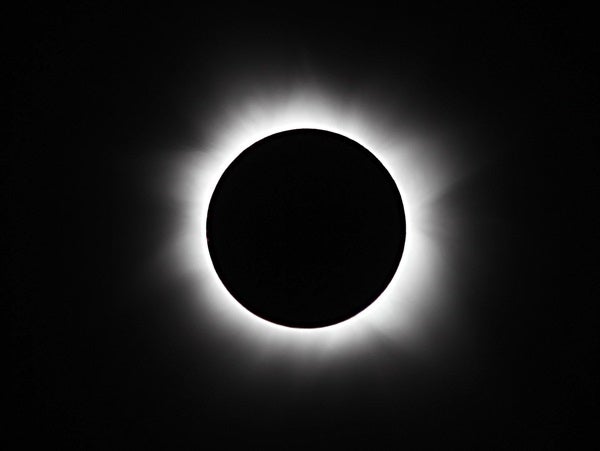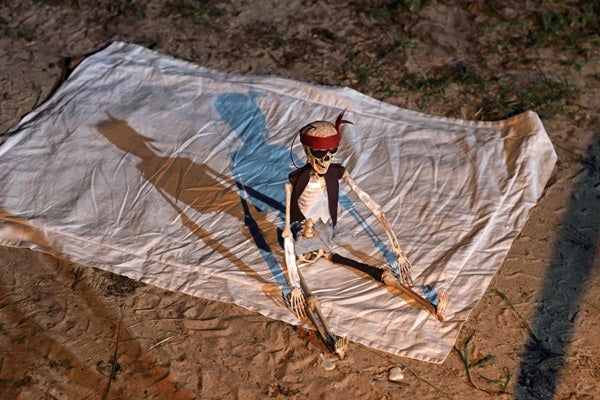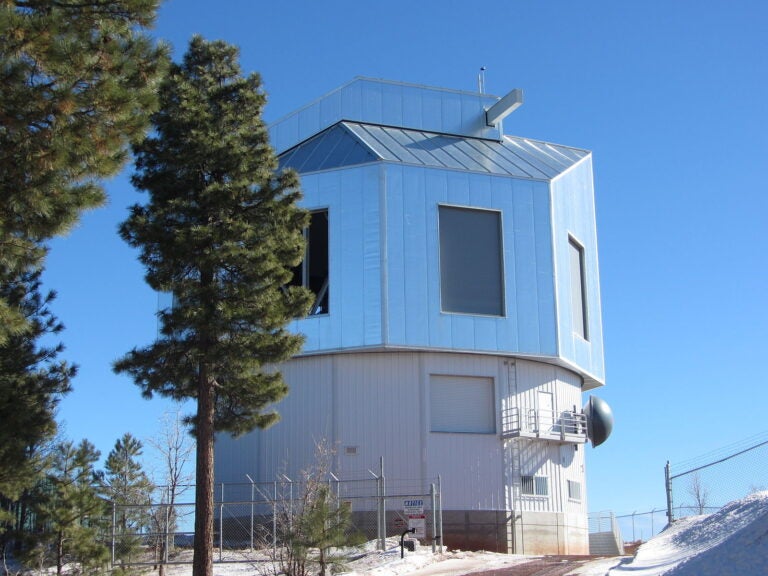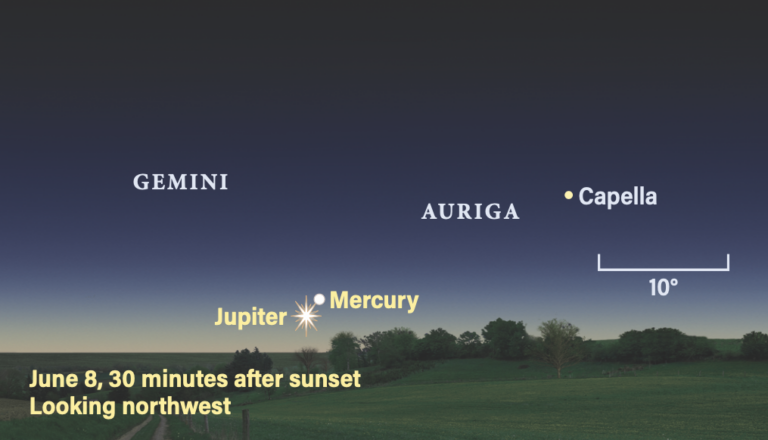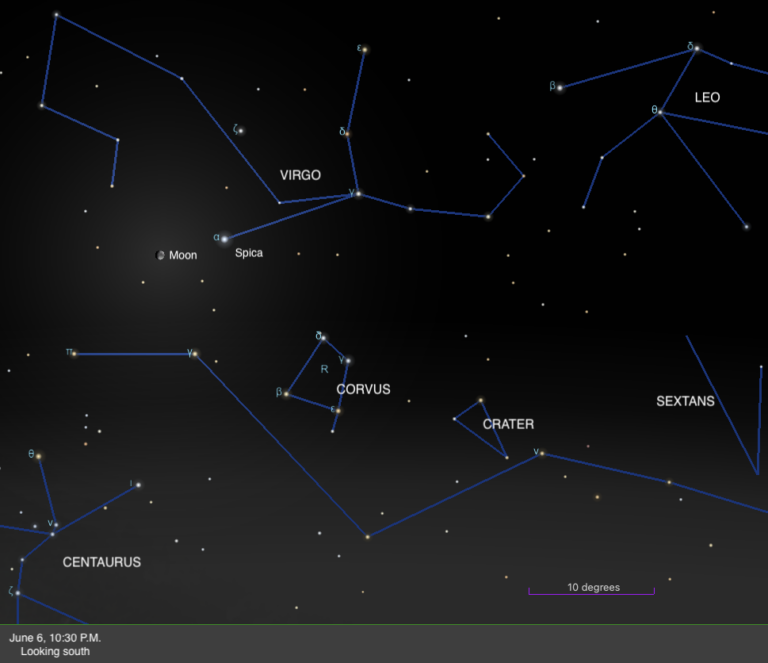Prior to totality, we watch for the Moon’s gloomy shadow as it gathers, like brooding thoughts, above the western horizon. In the minute leading up to totality, we search for mysterious shadow bands rippling across the landscape like ephemeral serpents.
In the seconds before totality, we scan the sky for the Moon’s shadow rushing toward us like a Death Eater out of a Harry Potter novel. And during totality, we simply bathe in the Moon’s shadow after it plunges us into darkness — but not total darkness. And therein lies our opportunity to forget the Moon’s shadow for a moment and appreciate our own.
I’m not aware of any detailed reports of shadows cast by the solar corona and what they look like. But there have to be shadows, because there’s light coming from both the corona and from outside the shadow cone in all directions toward the horizon.
So the situation is a bit like stage lighting: a full-on spotlight from the corona with colored side lighting from just above the horizon. It’s actually a rather complex situation.
How often are we told that the solar corona is about as bright as the Full Moon? Soon, we’ll have a chance to see if that holds true. The August 21 totality is fast approaching, and that will be the time to collect some data.
While I am very interested in the visual aspects of any shadows cast during totality, digital imaging will be of great value, especially if you start recording the color and intensity of shadows cast by the Full Moon two weeks prior to the eclipse. You also could do this two weeks after totality.
Secure a large white sheet flat on the ground. (You can also use this sheet on eclipse day to watch for shadow bands.) Mount your camera on a tripod, and periodically photograph your shadow cast onto the sheet by the light of the Full Moon.
Try to do this when the Moon stands at roughly the same altitude as the totally-eclipsed Sun will be in August at your observing location. Bracket the exposures and f/stops to find the best settings, and record the data.
On eclipse day, repeat the procedure with the same equipment and your selected settings. You can then compare the intensity of your shadow during totality to that under the Full Moon.
One thing to look for is the colors of the shadows during totality. Moonlight casts a pale blue shadow, although we perceive the Moon to be white. We also perceive the corona to be white, but that may just be a contrast effect; the corona may have a slight blue or green component.
Shadows cast by colored light display complementary colors. Experiment with the Moon, to find which exposure best highlights the color of the (blue) shadows it casts.
On eclipse day, how does the yellow-orange light from the horizon affect your shadow? Does that light cast a secondary shadow? Does the coronal shadow mix with the horizon shadow?
With a bit of experimentation and practice, you may be able to answer these questions and more. But whatever your plans, don’t let this experiment distract you too much from the spectacle going on above you.
As always let me know what colors you see or don’t see by emailing me at sjomeara31@gmail.com.


